Drawing hands can feel tricky, but it becomes easier once you break down the shapes and understand the basic structure. Hands are made up of simple shapes like circles and ovals connected by lines, which can help with getting the right proportions. Learning to draw hands step by step means starting with these simple shapes and building up details gradually.
Many beginners struggle with hands because they try to draw every detail at once. Instead, focusing on the overall form and how fingers move can make the process smoother. Watching hands from different angles and practicing the basic shapes can build confidence and skill.
With patience and practice, anyone can improve their ability to draw hands that look natural and dynamic. This guide will show how to take it one step at a time to make the drawing clear and manageable.
Understanding Basic Hand Anatomy
Knowing how the parts of the hand move and fit together helps when drawing hands. This includes the way the fingers bend and how the palm is shaped. Paying attention to how each part connects makes the hand look more natural.
Finger Joints and Proportions
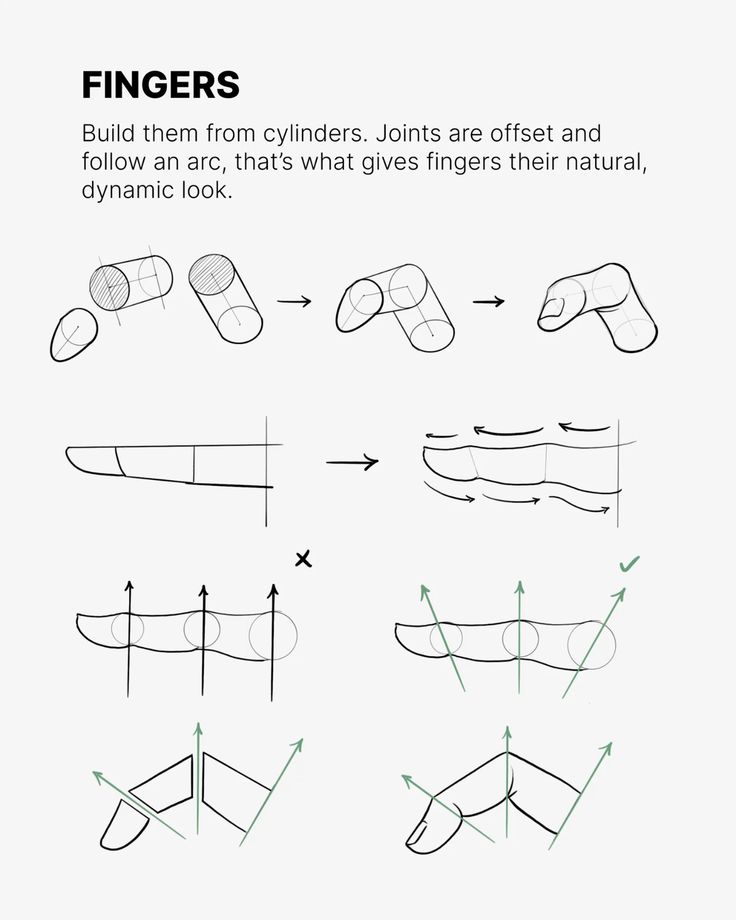
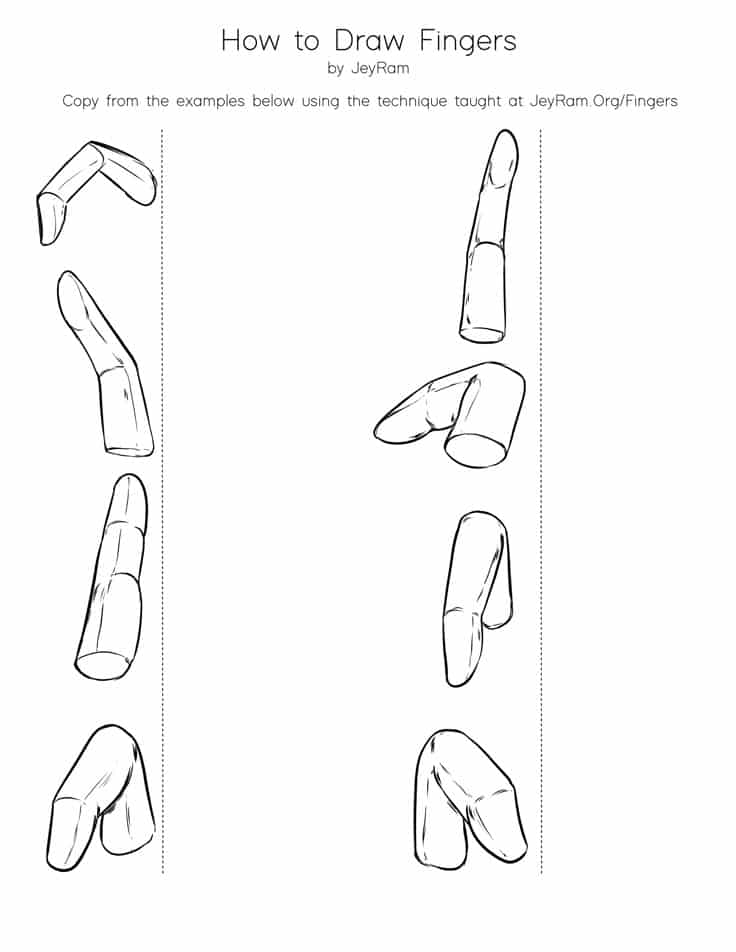
Fingers have three sections connected by joints: the base, middle, and tip. The knuckles are the main joints seen when the hand bends. Each finger is a little shorter than the one before it, except for the middle finger, which is the longest.
The thumb is different. It has only two joints and attaches to the palm at a wide angle. This lets it move in many directions. When drawing, it’s important to show the thumb’s unique shape and range of motion.
Fingers don’t bend in straight lines. The joints create curves and angles. Marking these helps the fingers look flexible and real.
Palm Structure
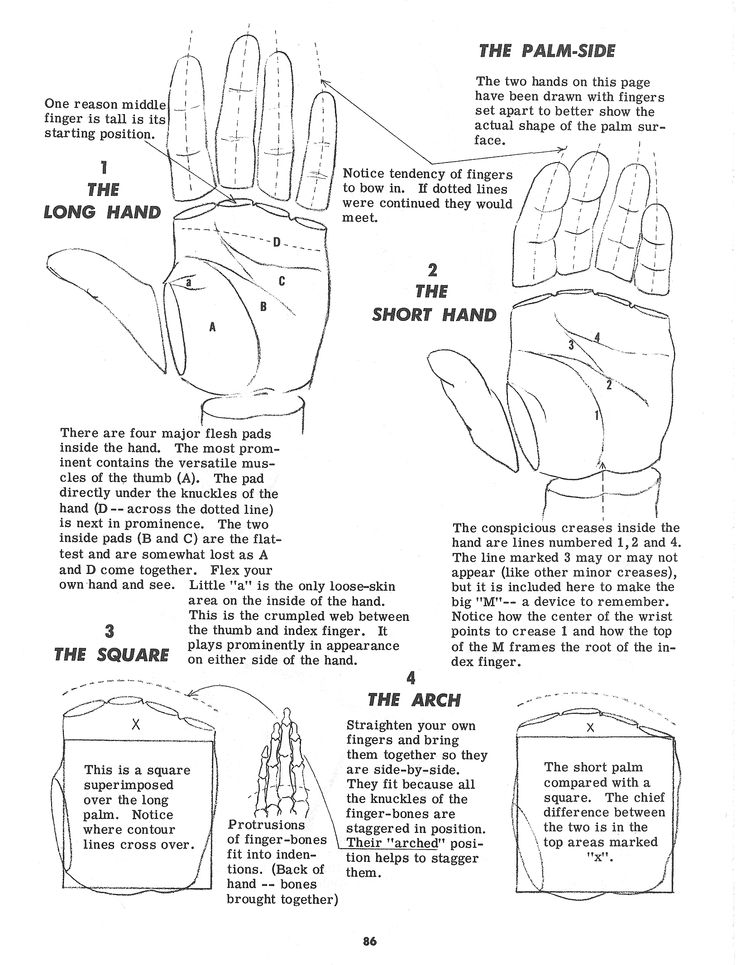
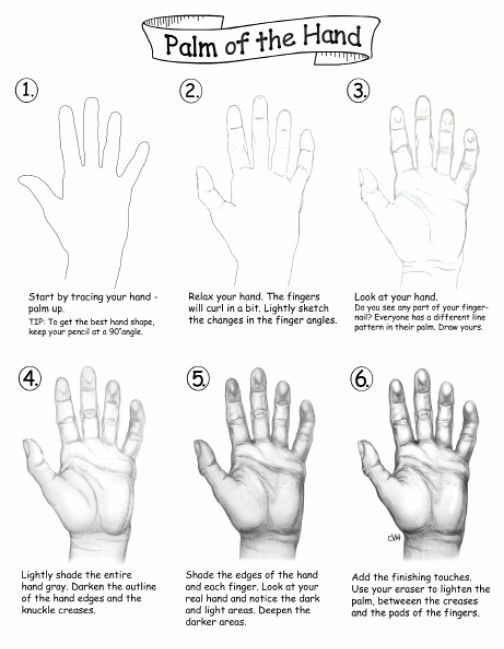
The palm is not flat; it has curves and planes that affect how light and shadows fall. Inside the palm, there are usually five major pads: at the base of each finger and one in the middle.
The wrist connects the palm to the arm with a joint that allows the hand to twist. The bones inside the palm, called metacarpals, support the fingers and give the palm its shape.
When drawing, showing the palm’s shape helps the hand look three-dimensional and strong. Small details like creases and pads add realism without needing too much detail.
Gathering Drawing Materials
Before starting to draw hands, having the right materials makes the process smoother and more enjoyable. The choice of paper affects the texture and detail, while pencils and erasers help in creating clean lines and shading.
Choosing the Right Paper
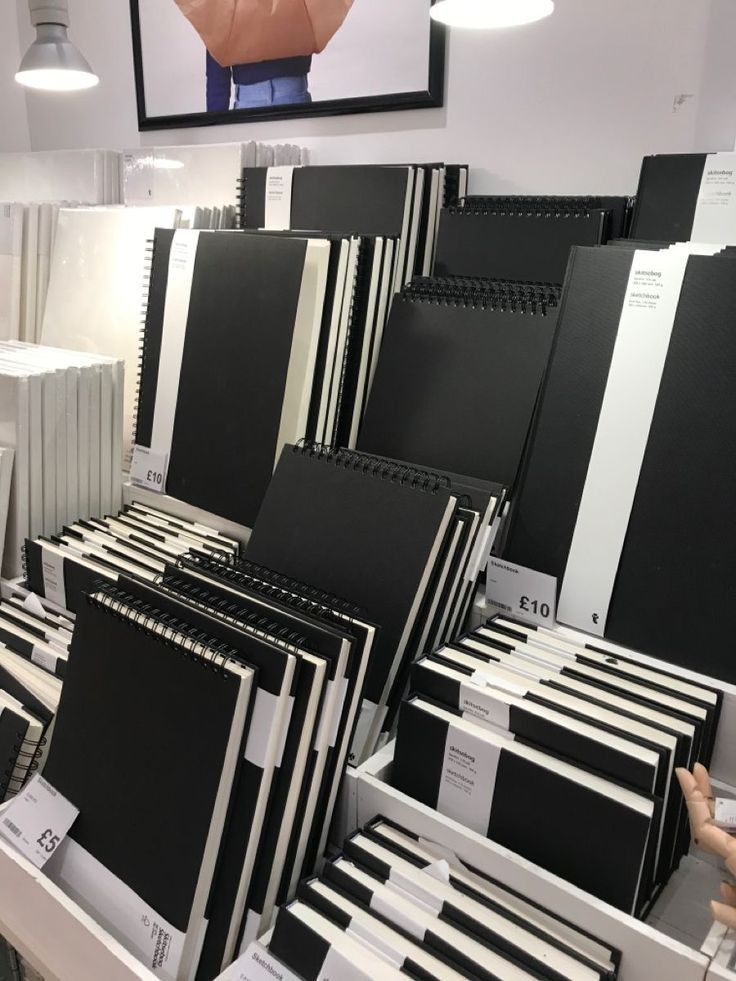
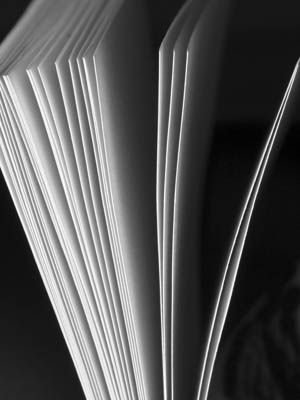
The paper should be smooth but strong enough to handle multiple pencil layers. A medium-weight paper, such as 70 to 100 lb (114-150 gsm), works well. It helps with shading and blending without tearing easily.
Sketchbooks or drawing pads made for graphite pencils are good options. Avoid very rough or heavily textured papers, as they can make fine details harder to achieve when drawing hands. White or off-white colors are preferred because they show pencil marks clearly.
Paper size matters too. A larger sheet gives more room to practice different hand positions. Starting with something around 9×12 inches is a good balance.
Selecting Pencils and Erasers
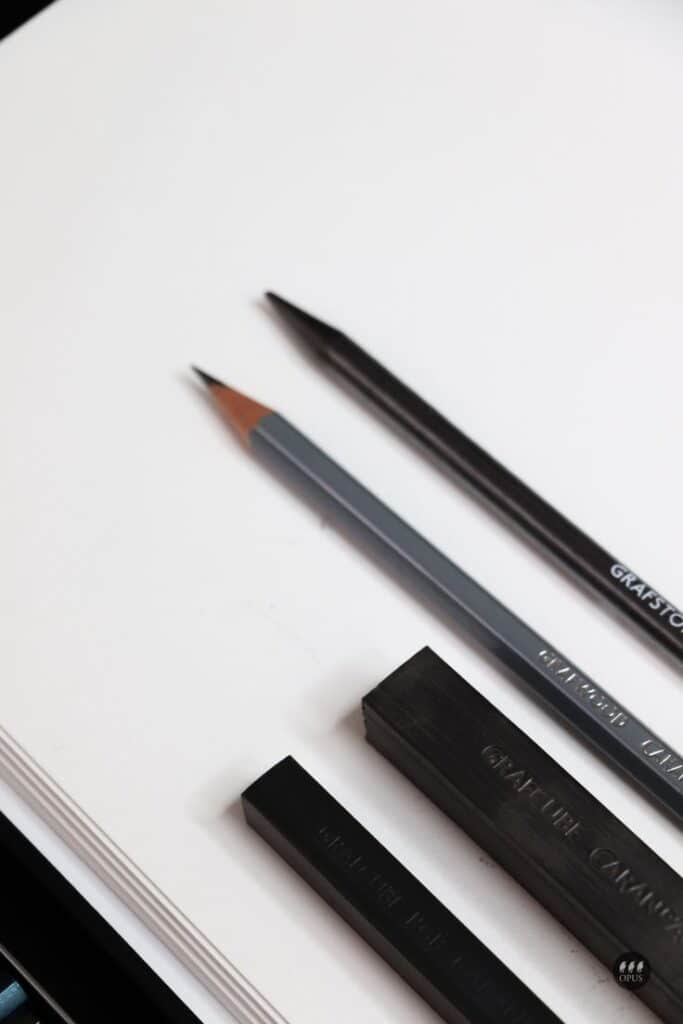

A range of pencils helps capture light and dark areas accurately. Using an HB pencil is good for initial outlines since it has medium hardness. For darker shading and details, softer pencils like 2B or 4B work well.
A harder pencil, like 2H, can add light lines but isn’t needed for most hand drawings.
For erasers, a soft kneaded eraser is best. It lifts graphite gently without damaging the paper and can be molded to erase small spots or soften shading. A regular rubber eraser is useful for cleaning larger areas but should be used carefully to avoid roughening the paper.
Having a blending tool, like a blending stump or tissue, also helps smooth shadows and add depth.
Step-by-Step Hand Drawing Techniques
The process starts by blocking out simple shapes to form the basic hand structure. Then, each finger and thumb is carefully drawn one by one, paying close attention to length and position. Finally, the drawing is polished by refining edges and adding details to make the hand look natural.
Sketching the Overall Shape
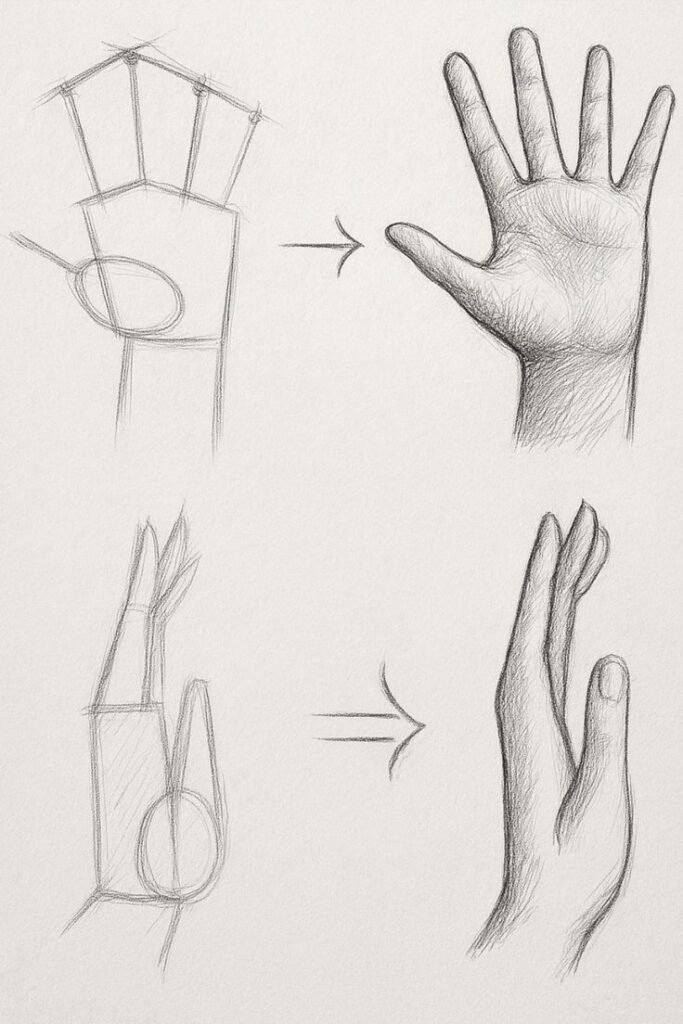
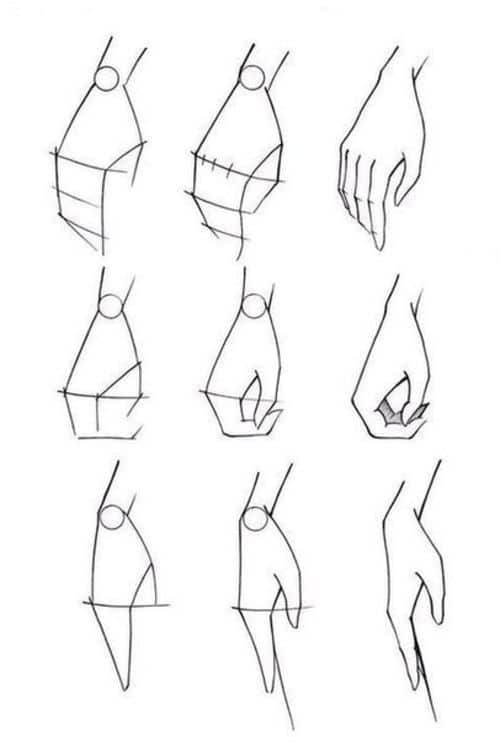
The first step is to draw the palm with a simple shape like a square or rectangle. This shape acts as a base to show where the hand will take form. It helps to adjust this shape depending on the hand’s position, like whether it’s open or closed.
Next, add the wrist by drawing two lines downward from the palm. This shows where the hand connects to the arm. Keep the lines light so changes can be easily made.
This simple framework makes the complex details of the hand easier to handle later. It sets the foundation for the entire drawing by showing the basic size and angle.
Drawing Fingers and Thumb
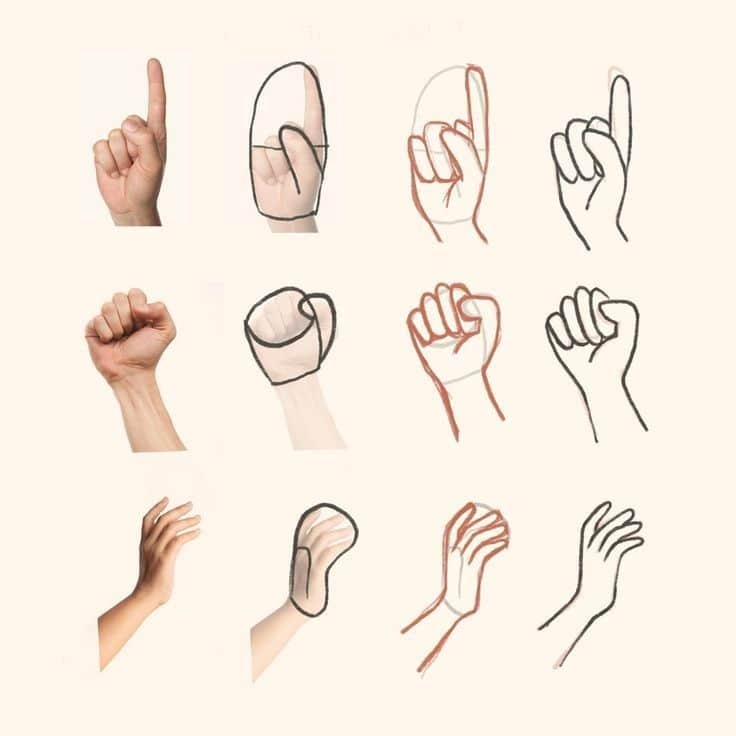

Start by marking where each finger will go. The fingers vary in length, with the middle finger usually being the longest. Space them out gently following the natural curve of the hand.
Each finger can be broken down into three small sections called phalanges. Drawing lines to separate these sections helps capture realistic bending.
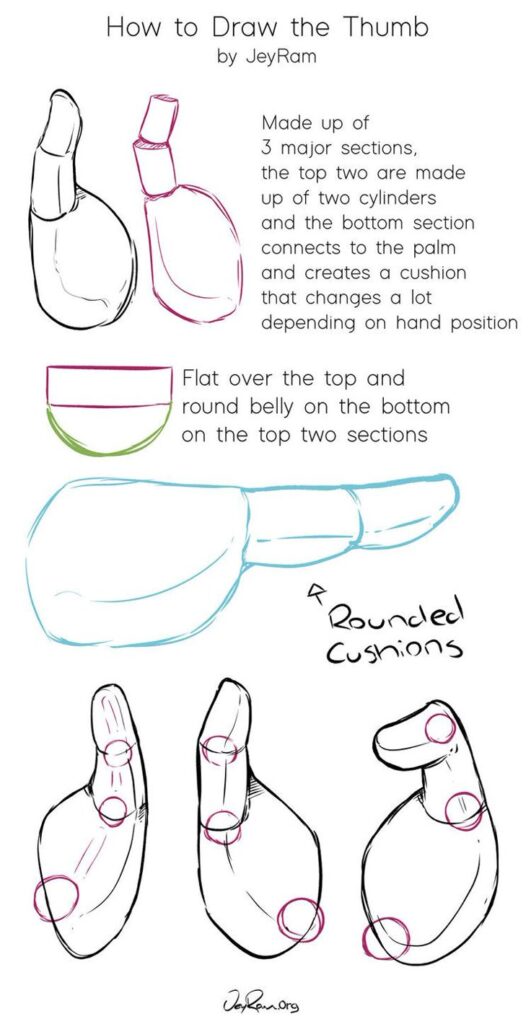
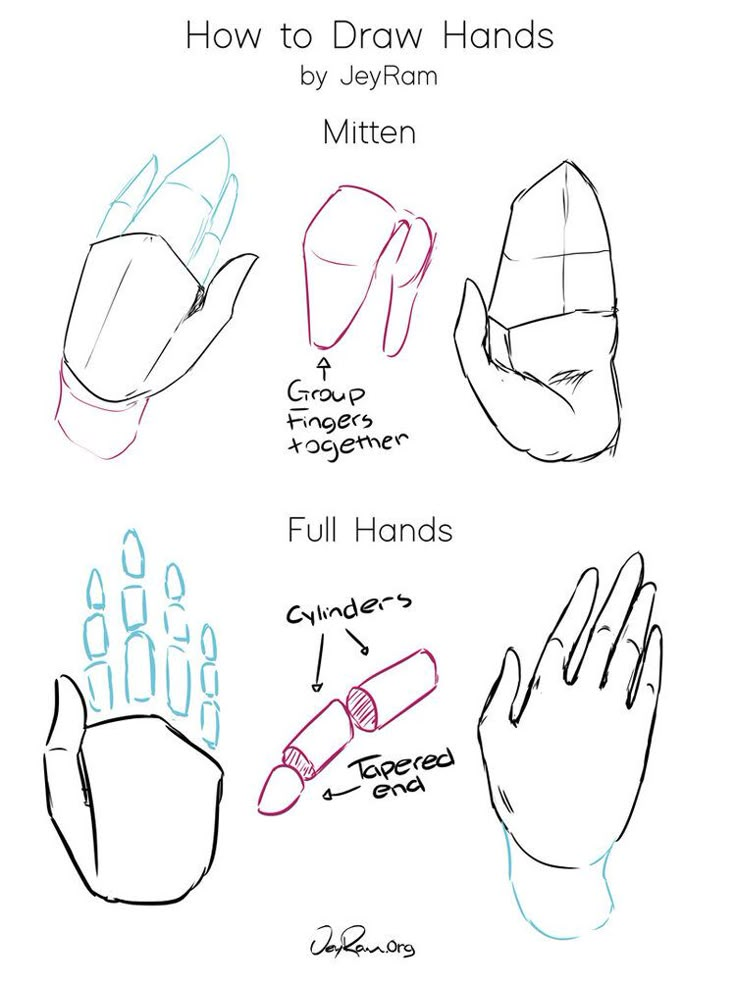
The thumb is different. It comes out from the side of the palm and has two sections. Positioning it slightly away from the fingers gives the hand the right shape.
It’s important to watch angles and overlaps carefully to avoid fingers looking flat or stiff.
Refining Contours
After the basic shapes are in place, the next task is to smooth out edges and fix proportions. Using a sharper pencil or pen, redraw the outline with more confident strokes.
Add curves to knuckles and gentle bends for where fingers fold. Pay attention to natural creases and joints. These lines give the hand volume and a lifelike look.
Erase unnecessary sketch lines to clean up the image. Shadows or light shading can be added next to show depth but should be soft.
This careful refinement makes the hand drawing clear and believable.
Adding Realism and Details
Realistic hand drawings come alive with careful attention to light, shadow, and texture. Adding volume through shading and capturing small details like nails and skin folds helps the hand appear more natural and three-dimensional.
Shading for Volume


Shading gives the hand shape and depth. Start by deciding where the light source is coming from. Shadows will appear on the opposite side, under fingers, and around joints.
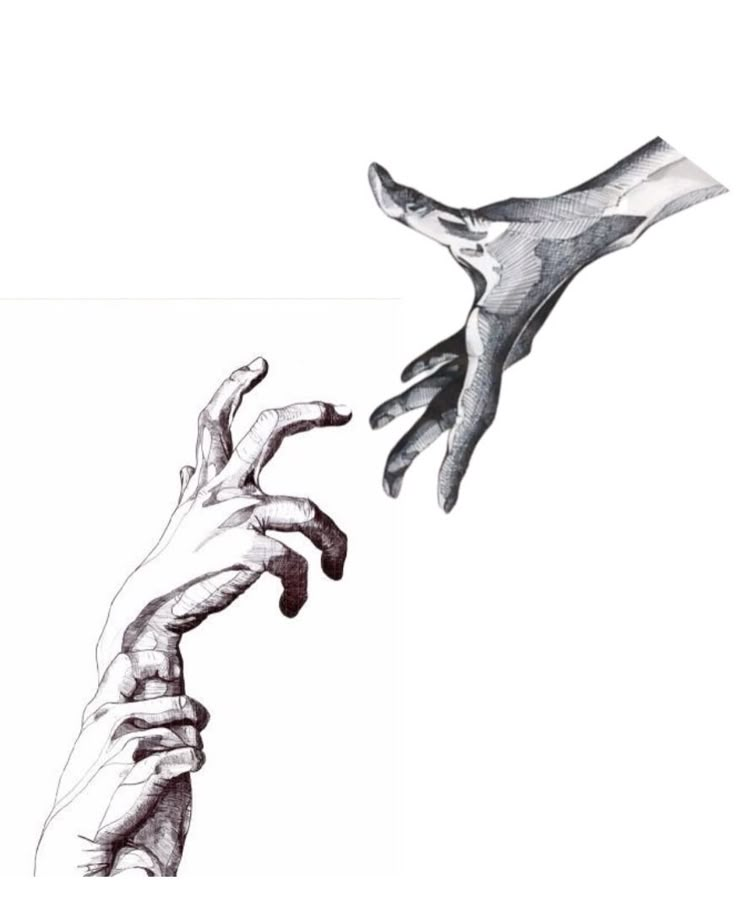
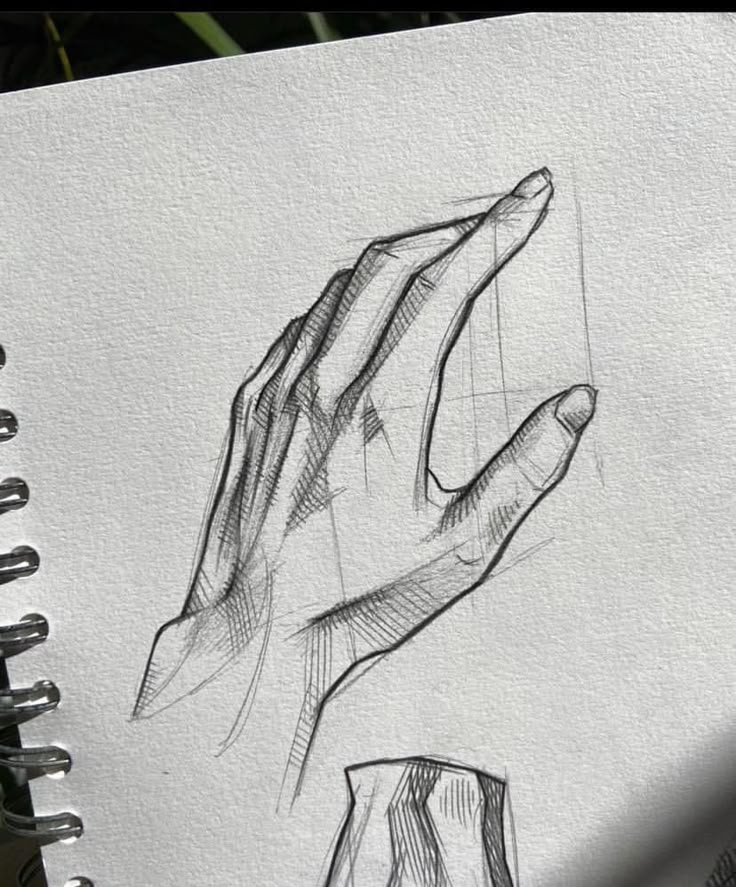
Use soft, gradual shading to show roundness. Avoid harsh lines except where shadows are darkest. Focus on areas like:
- Around knuckles
- Spaces between fingers
- The curve of the palm
Blending the shading smoothly helps mimic skin’s subtle contours. Adding darker shadows under the fingers and near the wrist enhances the 3D effect. Using layers of light strokes builds realistic texture without making the drawing look too heavy.
Drawing Nails and Skin Folds
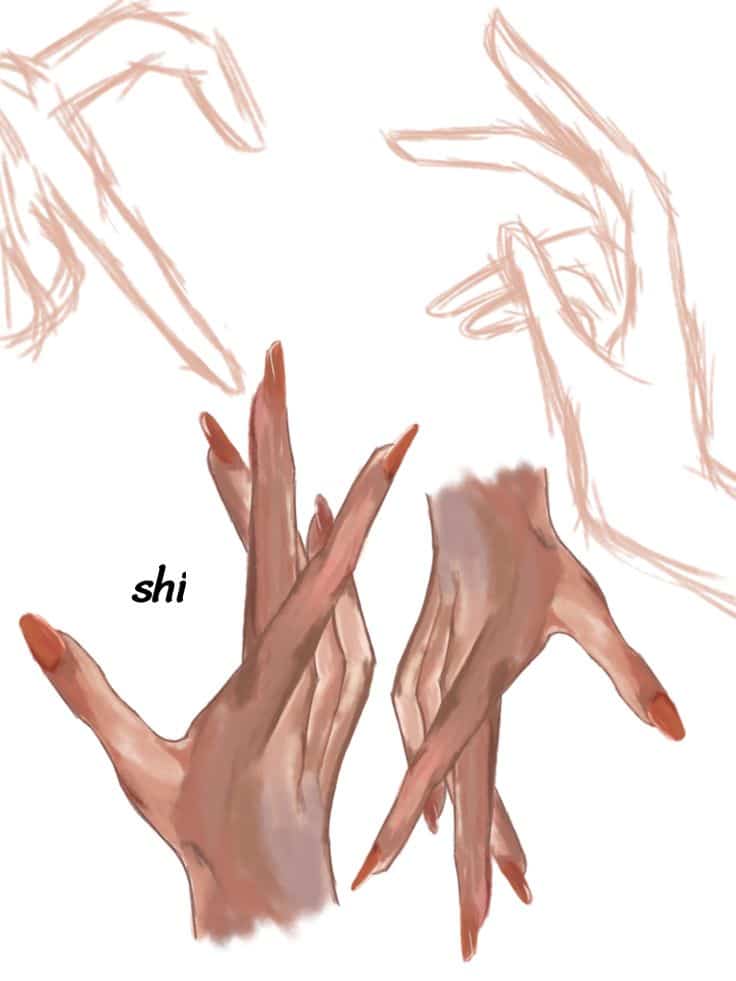

Nails don’t need to be perfect, but their shape helps make the hand look real. Draw them as thin, slightly curved rectangles that follow the finger tops. Add a small shadow near the nail base to show depth.
Skin folds appear where the hand bends, especially at the joints and on the palm. Use short, soft lines to hint at wrinkles. Avoid overdoing these; subtlety keeps the hand looking natural.
Carefully placed tiny lines and creases near knuckles and finger joints add texture without clutter. These details show the hand’s movement and life.
Common Mistakes and Troubleshooting
Drawing hands can be tricky, especially when it comes to getting the size and shape right or capturing natural poses. Many artists struggle with parts looking out of place or stiff. The following tips focus on fixing these common problems quickly.
Fixing Proportion Issues
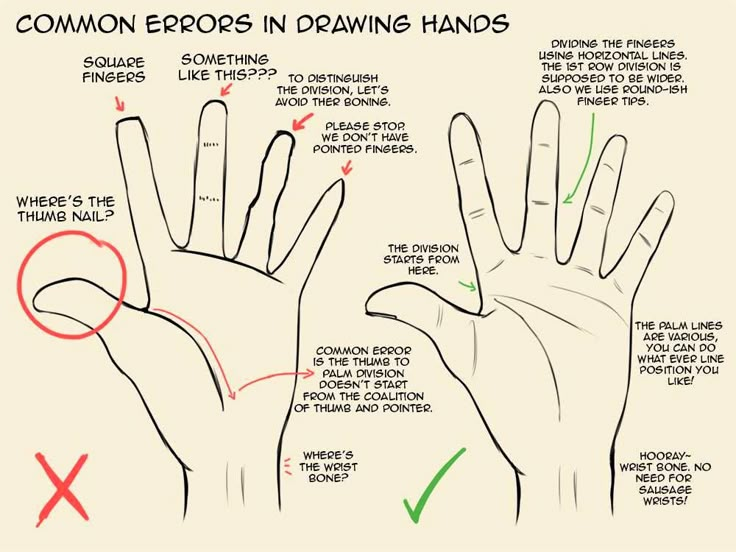
One common mistake is drawing fingers the same length or making the palm too small or large. Fingers are not all equal; the middle finger is usually the longest, while the pinky is the shortest. The thumb also has a unique position and angle.
To check proportions, an artist can use reference lines or compare parts of the hand to each other. For example, the length of the palm is roughly the same as the middle finger. Marking these connections helps keep sizes accurate.
It’s also important to keep fingers slightly curved and spaced unevenly. Straight, parallel fingers make hands look fake. Using light sketches first lets artists adjust proportions before adding details.
Correcting Awkward Poses
Hands rarely hold rigid or stiff positions. Awkward poses often happen because fingers look locked or the wrist angle is off. To fix this, artists should study real hands in various natural poses.
Breaking the hand into simple shapes, like ovals for fingers and a block for the palm, helps capture the flow. Paying attention to how joints bend and how fingers overlap adds realism.
Another trick is to slightly tilt fingers instead of drawing them flat on. This shows depth and movement. Practicing drawing hands holding objects or in gestures improves understanding of natural positioning.
- 2.7Kshares
- Facebook0
- Pinterest2.7K
- Twitter0


